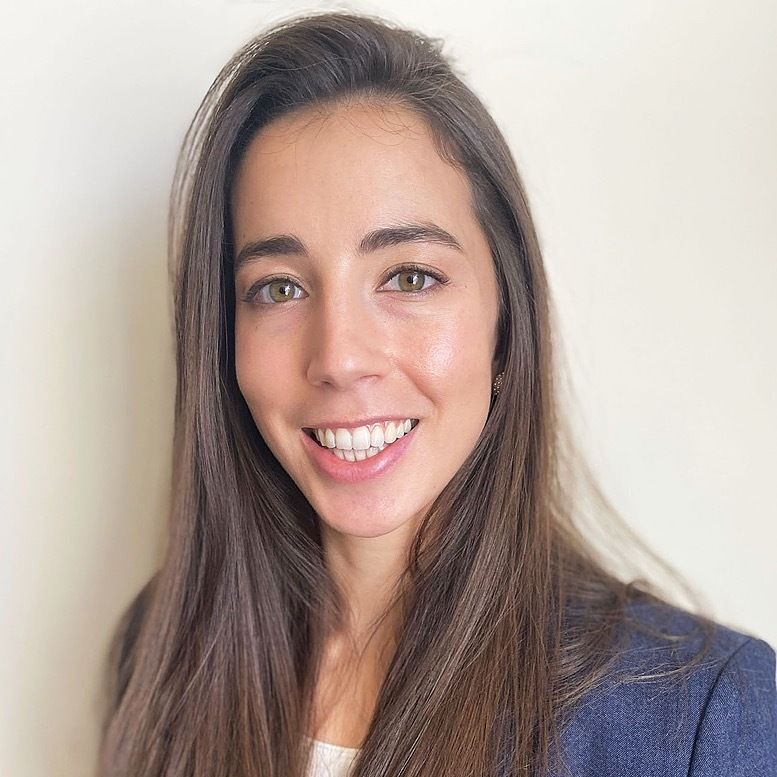Article
Missed Ophthalmology Appointments More Likely in Minority Populations
Author(s):
Hispanic and Black patients with chronic eye diseases had higher odds of missing out on appointments.
Eugenia Graig

In a study presented at the Association for Research in Vision and Ophthalmology (ARVO) Virtual Meeting, a team of investigators, led by Eugenia Greig, Yale School of Medicine, underscored various social and demographic disparities as potential influences for no show appointments in patients with chronic eye diseases.
Determining influencing and associated factors for lost patients are essential for a variety of reasons. “Patient no shows reduce ophthalmologic clinic efficiency and effective resource allocation,” the investigators particularly noted.
As such, Greig and colleagues performed a retrospective cohort study in order to evaluate demographic characteristics associated with no shows among patients with chronic eye disease. To do this, they conducted a chart abstraction for encounters with patients ≥18 in the Yale Ophthalmology Department.
All assessed patients were diagnosed with glaucoma, diabetic retinopathy, or age-related macular degeneration (AMD) between January 2013 and December 2018 and met with comprehensive ophthalmologists, retina specialists, and glaucoma specialists.
The team gathered relevant demographic data, including age, gender, ethnicity, language preference, and zip code. Medical data factored in history of diabetes mellitus, hypertension, and history of mental illness.
For the purposes of their analysis, they defined no show encounters as all instances where the patient failed to cancel their visit and did not sign in to their scheduled appointment.
They then used a multivariate mixed logistic regression model to determine which factors had more of an effect on odds for no show visits.
The Findings
Overall, they analyzed a total of 90,698 visits for 6167 unique patients.
Thus, they determined that patients of Hispanic ethnicity (odds ratio [OR], 1.58; P<.0001) and Black race (OR, 1.87; P< .0001), and those with a preferred language other than English (OR, 1.31; P= .0004) had increased odds of a missing a visit.
Other associated factors were use of Medicare (OR, 1.19; P = .0006) or Medicaid (OR, 1.66; P < .0001) as a primary insurance. Residing in a zip code with a reduced median household income (OR, 1.68; P < .0001) also increased odds of now shows.
As for healthcare factors, odds for missed appointments were higher in those with a diagnosis of mental illness (OR, 1.44; P<.0001) or diabetic retinopathy (OR, 1.21; P = .01).
“Our results highlight the influence of demographic, ethnic, and racial disparities on proper health care utilization among patients with sight threatening disease,” Graig and team wrote. “Future interventions aimed at reducing appointment no shows could channel resources to the at risk-populations identified in this analysis, improving access to care and clinic efficiency.”
The study, “Demographic Characteristics and Clinic No Shows in Patients with Chronic Eye Disease,” was presented at ARVO 2021.




